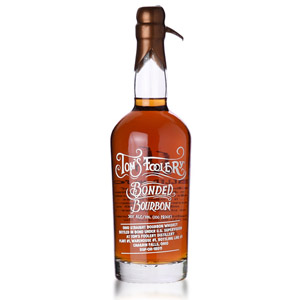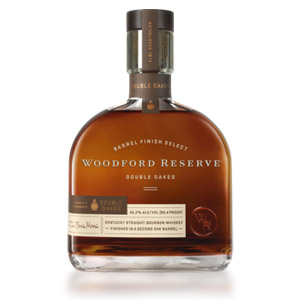In furthering my pursuit of reviewing low-end as well as high-end whiskies, and because I reviewed Jim Beam’s basic white label with surprisingly positive results, I figured that a review of Old Faithful itself Jack Daniel’s Old No. 7 was due. I know that no one cares what I think of Jack Daniel’s. Essentially nobody is out there drinking it neat out of a Glencairn and performing Richard Patterson’s tasting routine on it. Really, this is just an exercise in completionism and I’m going to ignore all the hateful comments that shall arise in that spirit.
You also don’t really need my overview of the history and composition of the whiskey – not bourbon! This is Tennessee Whiskey – but I’m doing it anyway. Jack Daniel’s uses a mash bill of 80% corn, 12% malted barley, and 8% rye. I believe it’s uncommon for the enzyme catalyzer (barley) to have a higher percentage in the mash than the flavor grain (rye). The mash is fermented using a starter culture from the prior batch (called “sour mashing”) for 6 days and distilled in a copper column still and doubler. The resulting spirit is mellowed through 10 feet of compressed charcoal from sugar maples – this is the Lincoln County process necessary to call the product Tennessee Whiskey – and aged in new charred oak barrels for a minimum of 4 years. Given the scale of production and price point, I think you can assume they are not letting each barrel reach its full potential before vatting, so I imagine each bottle contains whiskey that is exactly 4 years of age to the day.
Note that Jack Daniel’s uses water from the company’s natural spring at Cave Spring Hollow for both fermentation and proofing down for bottling. Note also that Jack Daniel’s sells a range of whiskies, including Gentleman Jack, various age-stated whiskies, several ryes and special editions. Some are excellent.
The final Tennessee Whiskey is bottled at the legal minimum 40% ABV and retails for slightly more than the equivalent Beam (in my experience), for $20 or so. With my pinky in the air, I shall proceed:
Nose: Thin, pine-y, with acetone (nail polish remover) and light corn syrup as the dominant notes. A rest in the glass reveals a faint fruit-punch note.
Palate: Thin body, not quite watery. Minimal tongue burn (aka ‘Smooth’). Lightly sweet, with more corn syrup, vanilla cake frosting, and a mild oakiness. Some bitter charcoal notes creep in, but the whole is somewhere between bland and sweet, with no complexity.
Finish: Short. Charcoal notes are dominant, now, with slightly too much bitterness. Fades quickly with a touch of caramel and cola.
With Water: Several drops of water release a wet cardboard note, and add a fresh corn (as opposed to corn syrup) aroma. The palate is slightly sweeter (cola), and the finish a little livelier. Water does not hurt here, but it also doesn’t do much to help.
Overall: No gem here. This is exactly as anemic and one-dimensional as I always assumed it to be. It reminds me of McAfee’s Benchmark No. 8, which is not a good thing. The few aroma/flavor elements that arise from a sea of blandness are objectionable: acetone, industrial corn syrup, bitter charred wood, and bad “0% fruit” fruit punch. I would place this, McAfee’s, and Rebel Yell in the bottom three American whiskies of my own experience.
Now that I’ve gotten that off my chest, let’s revisit my earliest point: nobody cares what I think about this whiskey. If you’re buying it on the regular for your mixed drinks, awesome! Don’t stop. It works great. If for some unearthly reason you’re at the store right now, intending to buy a bottle of this for the purpose of savoring neat (why, tho?), then stop. Put it down. Get Four Roses instead. Even Jim Beam is (slightly) better. If you’re dead-set on Tennessee Whiskey, get something from George Dickel.








I appreciate it when whisky writers post their reviews of popular whiskies. It gives readers a much more informative idea of the reviewer’s preferences and biases they can use as benchmarks when reading other reviews. The first thing I did when I compiled my Memeorandum feed of ‘Booze’ sites was read their reviews of whiskies and rums I was familiar with (e.g. anyone who wrote glowingly about Johnnie Walker Red was overlooked. Those who described Bundaberg rum as undrinkable swill got added.).
I couldn’t agree more, and I also agree as to your suggested alternatives, but I’d add Evan Williams Extra-Aged (Black Label) to the list of solid bottom-shelf alternatives.